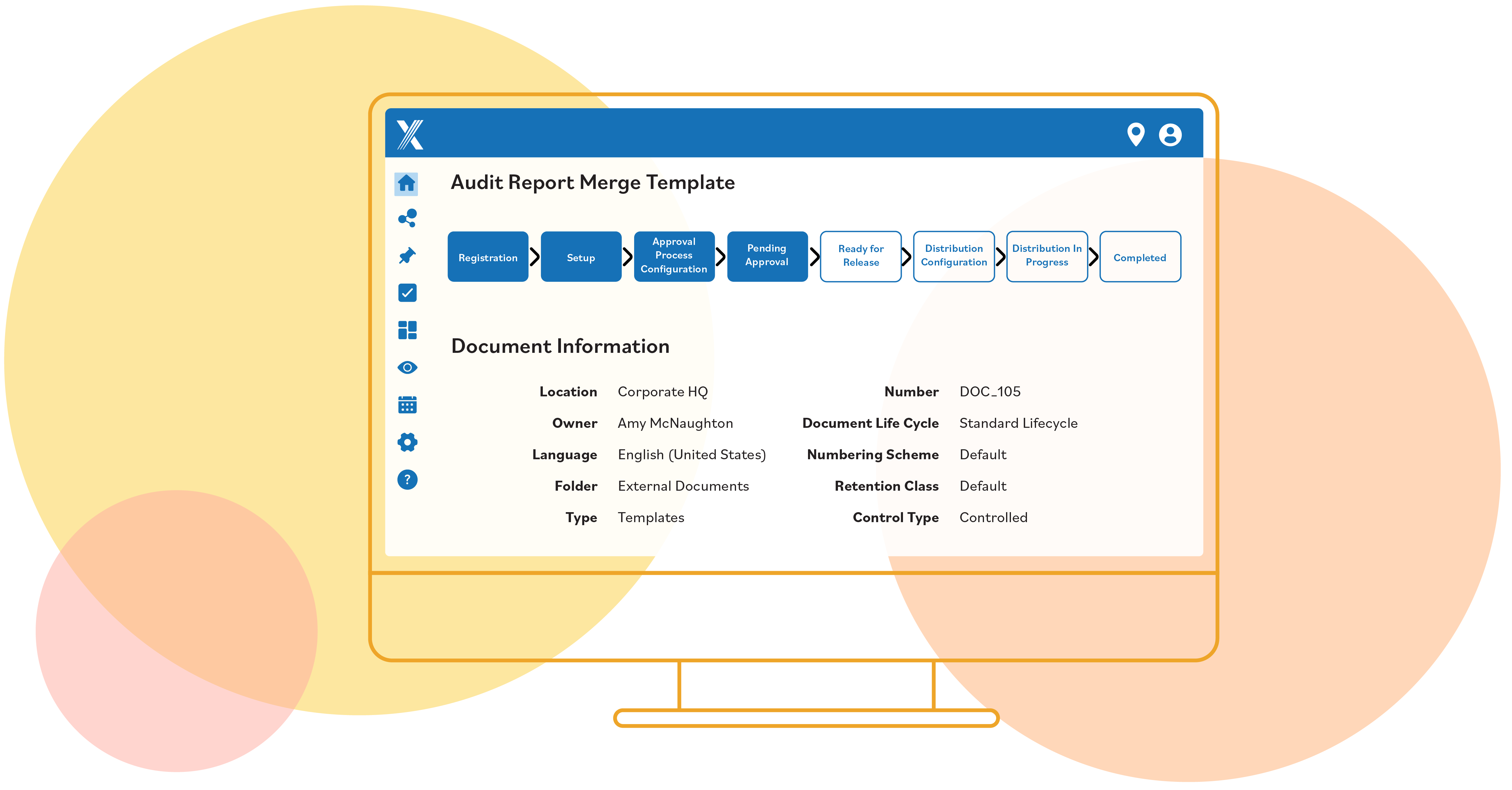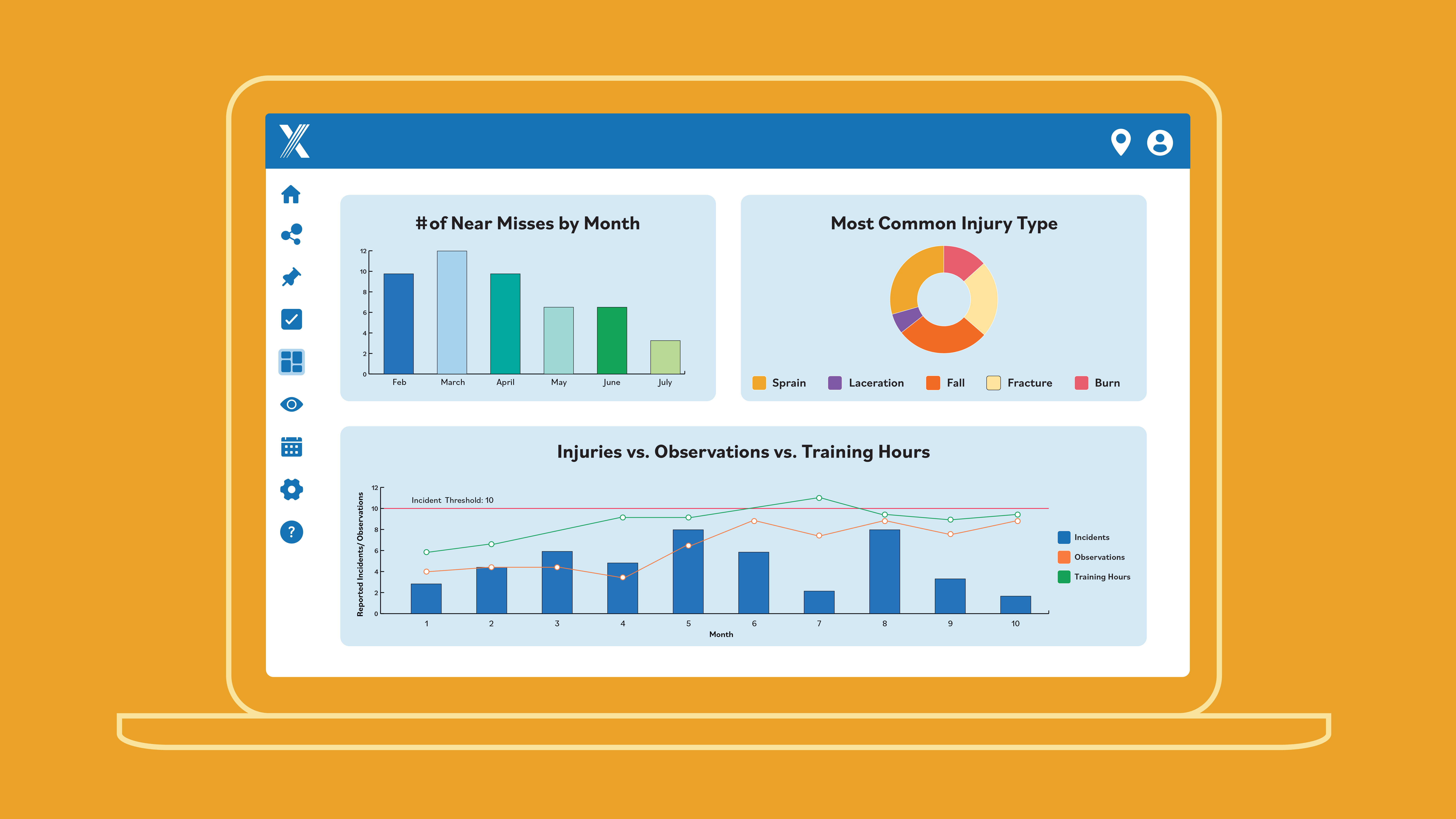
Building a Balanced Safety Strategy for Sustained Excellence
What is balanced safety? The demands on EHS teams keep growing. With so many competing priorities, your job can feel overwhelming. The goal of balanced safety is to ensure that no one aspect of safety dominates at the expense of others, fostering an
Latest Posts
- Industry Trends and Insights
The Pros and Cons of Nullifying OSHA
In 2025, efforts to weaken or dismantle the Occupational Safety and Health Administration (OSHA) have resurfaced, raising significant concerns about the future of workplace safety. Representative Andy Biggs (R-AZ) introduced H.R. 86, the “Nullify...
- Health & Safety Management
Make Smarter, Faster Decisions with Health and Safety Reporting Software
Without clear visibility into safety data, you’re reacting to issues instead of preventing them. If spreadsheets, manual reporting, or clunky systems are driving you to the brink, there’s a better way to work smarter—not harder with health and safety...
- Health & Safety Management
Stop Workflow Inefficiencies With Enterprise Document Management Software
Every day, your team is losing time, productivity, and peace of mind due to inefficient document management. These challenges don’t just slow your team down—they put your organization at risk. Table of Contents Every industry needs to manage...
- Health & Safety Management
Balancing Priorities as a Safety Manager: Strategies to Manage Stress and Avoid Burnout
As a safety manager, you play a lot of different roles. Every day, you’re a detective, problem solver, mentor, policy enforcer and more. Over my 42-year career, I spent much of my time strapped to a pager or some kind of electronic leash, always...
- Health & Safety Management
How Health and Safety Audit Software Improves Compliance, Accuracy and Efficiency
On the night of July 6, 1988, the Piper Alpha oil rig, situated 140 miles off the coast of Aberdeen, Scotland, became the site of one of the deadliest disasters in oil and gas history. In less than three hours, a series of explosions and fires claimed the...
- Health & Safety Management
How Recording Safety Observations Can Help Prevent the Next Workplace Accident
Picture this: a manufacturing worker suffers a serious hand injury while operating a machine. The injury is severe, requiring surgery, weeks of physical therapy and an extended absence from work. For the worker, it’s not just about the physical...













